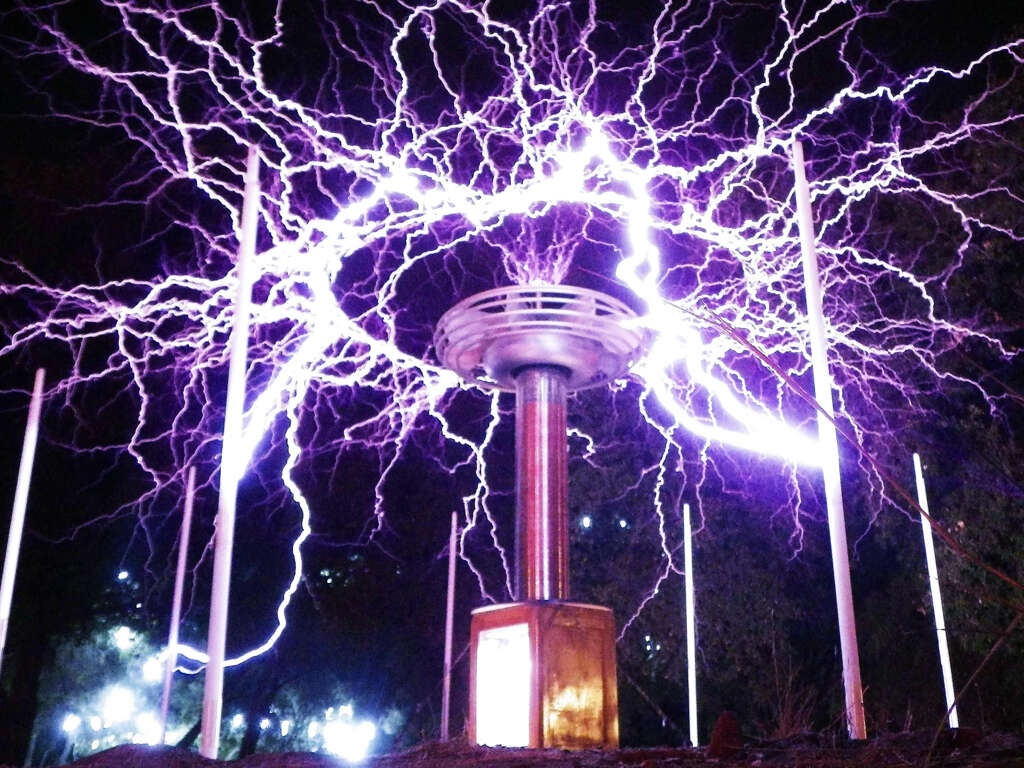What Is the Circadian Rhythm?
The circadian rhythm is the internal process that functions to regulate the sleep-wake cycle. It is a natural process that repeats about every 24 hours. The circadian rhythm can refer to biological processes that displays endogenous oscillation of about 24 hours. These rhythms that occur every 24 hours are driven by a circadian clock and can be observed in various fungi, plants, animals, and cyanobacteria.
The term “circadia” originates from the Latin term “circa,” which translates to approximately or around. The formal study of these rhythms that occur daily, weekly, seasonal, or annual is known as chronobiology. Although these rhythms are endogenous, they are also dependent on the environmental cues such as temperature and light. When there is an abnormal circadian rhythm, it is called a circadian rhythm disorder. In 2017, Michael Young, Michael Rosbash, and Jeffrey Hall were awarded the Nobel Prize in Physiology or Medicine due to their discovery of molecular mechanisms that control the circadian rhythm in fruit flies.
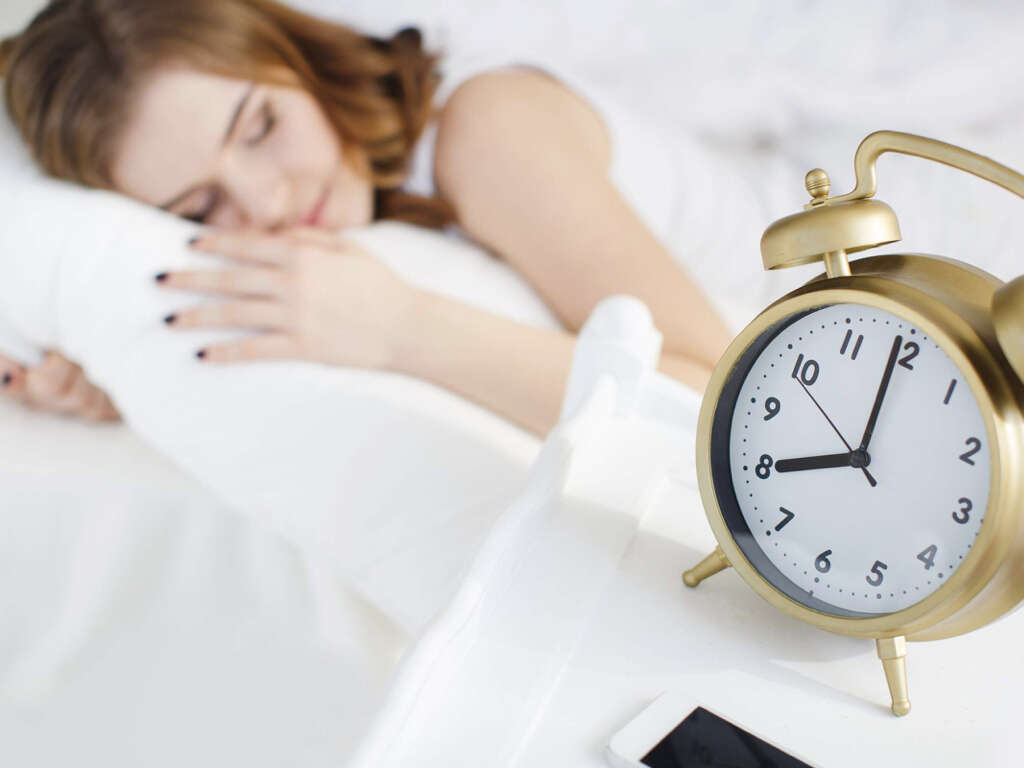
1. History
Androsthenes from the 4th century BC described diurnal leaf movements from a tamarind tree. In Chinese medical texts, the circadian or diurnal process was mentioned dating back to the 13th century. In 1729, a French scientist noted endogenous circadian oscillation in the 24-hour patterns of the leaf movements of Mimosa pudica despite being kept in total darkness.
By 1896, there was an observation where sleepiness increases and decreases in a 24-hour duration after prolonged sleep deprivation. In 1918, animals were found to be capable of maintaining a 24-hour pattern despite the absence of light and temperature cues. After several more discoveries throughout the years, in 1977, the term “circadian” was adopted. In 1994, the first mammalian circadian clock mutation was discovered in mice by Joseph Takahashi.
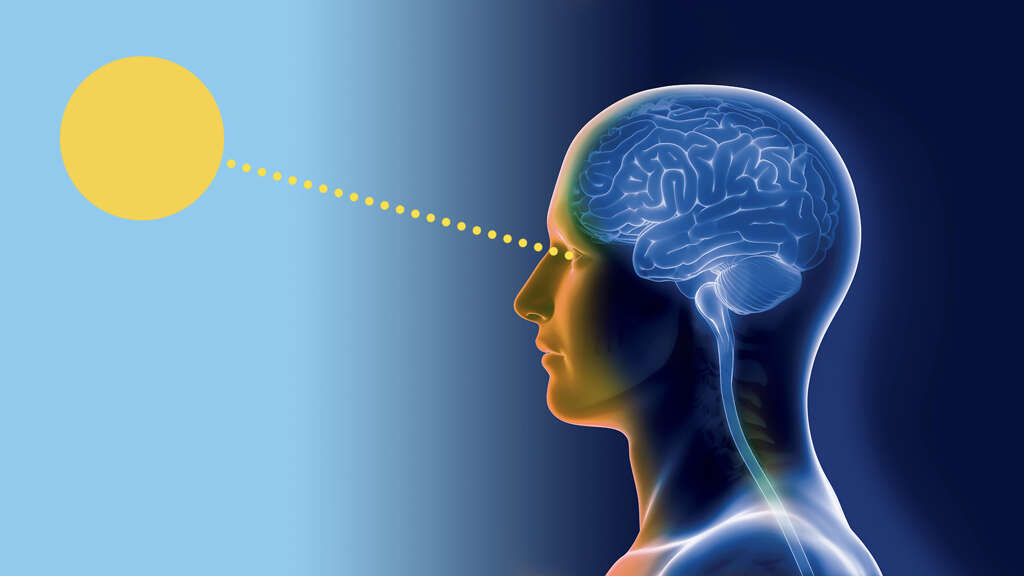
2. Criteria
A circadian rhythm must meet three general criteria. The first one would be being an entrainable rhythm. This means that the rhythm can be reset through exposure to external cues such as temperature and light. This process is known as entrainment. For example, travelling across different time zones and adapting to the local time despite jet lag.
The second criteria is an endogenous free-running period that is about 24 hours. This means that the rhythm should persist in constant conditions such as constant darkness. This means that the rhythm persists and is not simply a response to external cues. Last but not least, the rhythm exhibits temperature compensation where the rhythm is maintained over a range of physiological temperatures. The circadian clock is maintained despite changing kinetics.
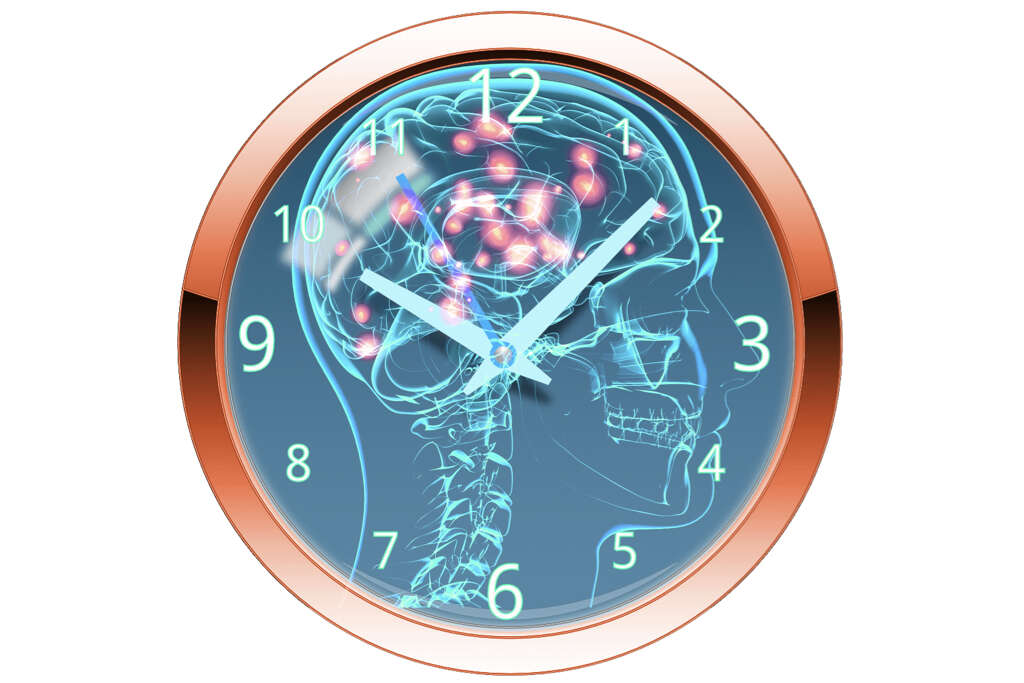
3. The Importance of Circadian Rhythm
Circadian rhythm is present in animals and plants. In animals, it plays a role in the feeding, sleeping, brain wave activity, body temperature, cell regeneration, hormone production, and various biological activities. In animal models where there is circadian disruption, it has been observed that these affected mice have altered glucose metabolism, obesity, and experience hyperphagia (excessive hunger or increased appetite).
Animals and humans that are kept in total darkness for an extended duration eventually have a free-running rhythm. This means that the sleep cycle is no longer adjusted to the 24-hour cycle. In plants, the circadian rhythms function to tell the plant when the best chance is to pollinate. Other behaviors include growth, germination, leaf movement, enzyme activity, and fragrance emission.

4. Circadian Rhythm Disorders
Circadian rhythm disorders occur when there are disturbances that affect the circadian rhythm. It can be categorized into two subtypes: the transient disorders and chronic disorders. In transient disorders, it can be due to a change in sleep schedule because of work, illness, or social responsibilities. Another good example of transient circadian rhythm disorder is jetlag.
Chronic circadian rhythm disorders include advance sleep-phase syndrome (ASPS), delayed sleep-phase syndrome (DSPS), and irregular sleep-wake cycle. Based on the International Classification of Sleep Disorders, there are nine distinct circadian rhythm sleep disorders. In humans, the circadian rhythm is thought to be regulated by the suprachiasmatic nuclei located in the anterior ventral hypothalamus. Lesions to the suprachiasmatic nuclei results in loss of circadian rhythmicity.

5. Causes
While most of the circadian rhythm is synchronized with the 24-hour duration, in some individuals, this rhythm is out of phase and has been thought to be due to the following factors. For example, when the environment such as high levels of noise, light, and high temperature are not conducive to sleep. Altered or disrupted environmental cues are the commonest cause of circadian rhythm disorder.
It can also be due to travel where the severity of jet lag is correlated to the direction of travel. This is most severe in those traveling eastward and a higher number of time zones crossed. Jet lag is often experienced among those who cross three or more time zones. Other factors that play a role in the severity of jet lag include age, ability to sleep during travel, exposure to light, and time during arrival. Neurologic disease such as Alzheimer’s is also one of the more common conditions associated with disturbance of the circadian rhythm. Other causes include shift work and lifestyle.
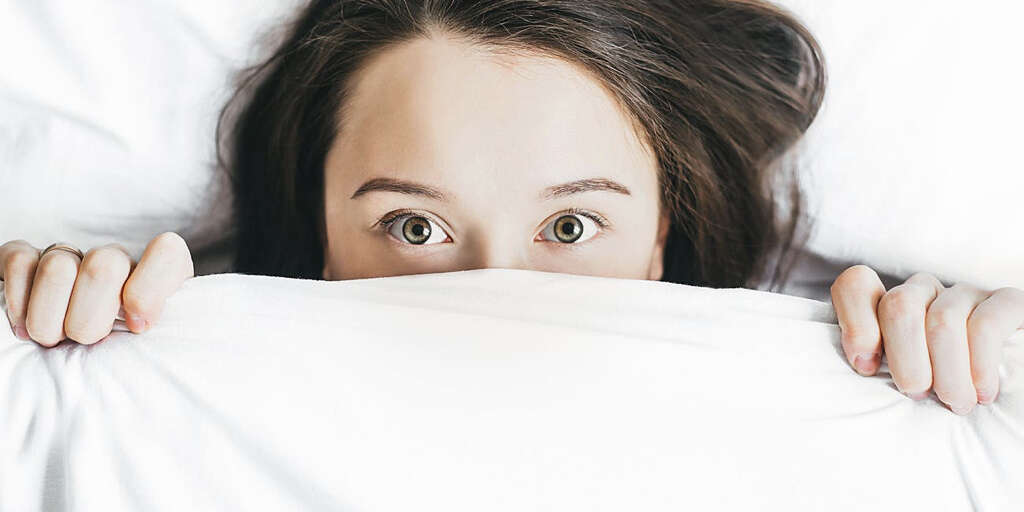
6. Statistics
In the United States, about 7% to 10% of patients complaining of insomnia get diagnosed with DSPS. The prevalence of DSPS among adolescents is estimated to be 7%. True ASPS is quite rare while irregular sleep-wake cycles are thought to be quite common as it is common among patients with Alzheimer’s disease.
Although 20% of workers in the United States perform shift work, not all develop shift-work syndrome. In Norway, using strict International Classification of Sleep Disorders criteria, the overall prevalence of DSPS was estimated to be 0.17%. Since there are changes to the circadian rhythm during puberty, it is observed that there may be increased daytime sleepiness and sleep-phase delay. The early start times for school, activities, and homework has been associated with phase shifting and sleep deprivation in children and adolescents leading to impaired performance, poor concentration, and daytime sleepiness. DSPS is commonest among children and adolescents while ASPS is more common among the elderly. Irregular sleep-wake cycles are often seen among patients with neurological impairment such as dementia.
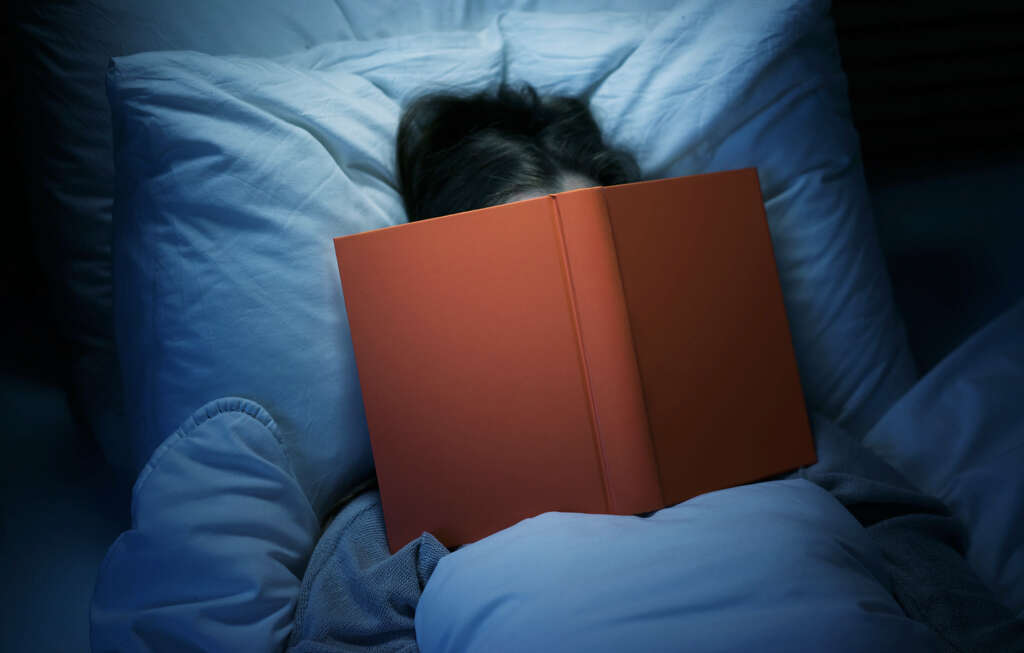
7. Signs and Symptoms
Patients often present with sleeplessness, difficulty initiating or maintaining sleep, experience of nonrestorative sleep, or have significant daytime impairment. It is important for physicians to elicit the pattern of the sleep-wake cycle. In DSPS, there is persistent inability to fall asleep and wake up at an acceptable time.
However, once asleep, they are able to maintain normal sleep. In ASPS, there is early evening sleep onset with early wake up time. It is important to distinguish ASPS from exogenous depression and excessive daytime sleepiness. In an irregular sleep-wake cycle, there is no recognizable sleep-wake cycle with irregularity of not only sleep but also daily activities such as eating. Physicians should elicit total sleep time, travel history, peak alertness, daytime sleepiness, cognition, snoring, medical conditions, sleep hygiene, environmental cues, and medication history.

8. Diagnosis and Treatment
Although mainly a clinical diagnosis, it is important to assess the risk of accidents and exclude medical conditions such as obstructive sleep apnea. Imaging studies can be beneficial in the evaluation of neurodegenerative disease. Another beneficial test would be actigraphy, a small motion-sensing device that grossly measures the sleep-wake cycles. Sleep tests such as the multiple sleep latency test and the Epworth sleepiness scale can also be performed.
Some of the therapies that may be recommended include bright light therapy, chronotherapy, enhancement of environmental cues, and medication (Tasimelteon, benzodiazepines, melatonin). Consultations with a sleep medicine specialist, psychiatrist, pulmonologist, or neurologist may also be beneficial. Good sleep hygiene should be encouraged.
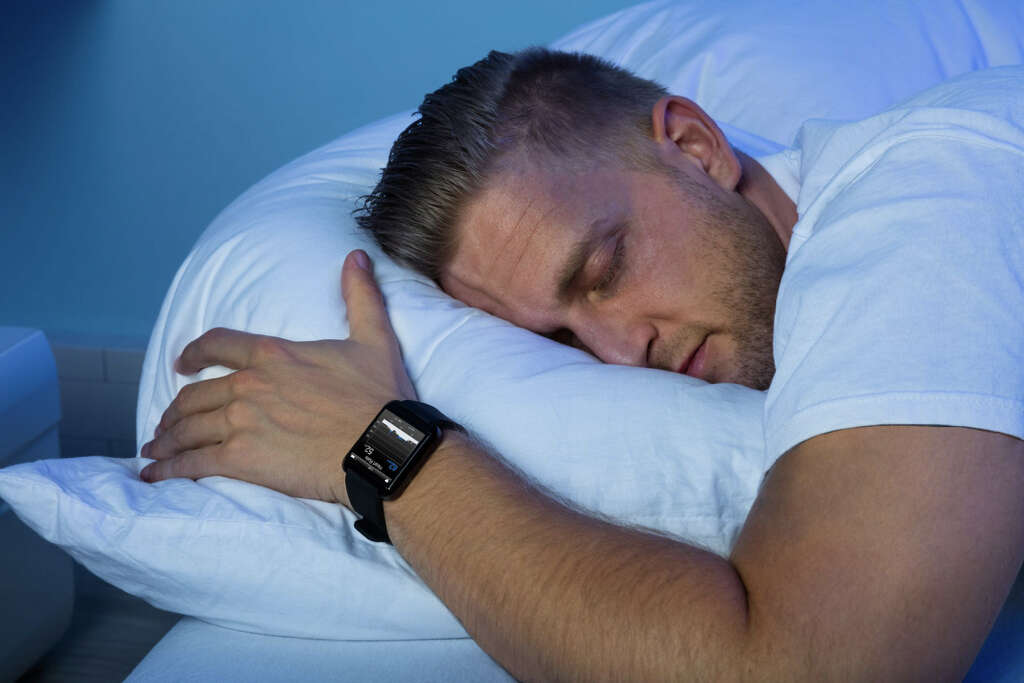
9. Prognosis
When the circadian rhythm disturbance is due to jet lag, it has a good prognosis. This also applies for individuals who perform shift work and can lead to impaired performance and daytime sleepiness. Older patients usually do not adjust as well to shift work. DSPS that is more commonly seen among adolescents and young adults tend to resolve in adulthood.
In ASPS that is prominent among the elderly, it usually responds well to a combination of pharmacological and behavioral intervention. Those with conditions such as attention deficit hyperactive disorder, special needs, or developmental disabilities usually respond well to behavioral intervention. The mortality rates tend to be related to sleep deprivation that may cause heavy machinery or motor vehicle accidents. Shift workers have also been estimated to have 40% greater cardiovascular disease compared to nonshift workers.

10. Patient Education
Although patient education is critical as part of the therapeutic response, educating the patients regarding sleep hygiene is often insufficient without additional interventions. Patients with excessive daytime sleepiness should also be advised regarding the risks such as during driving and heavy machinery operation.
Follow ups after treatment are also important to help determine if the risk factors are being addressed satisfactorily. It is important for patients to seek professional medical help if they tend to fall asleep during driving, heavy machinery operation, at work, or at school. Those unable to fall asleep within an hour after going to bed or wake up in time for daily activities may also benefit from professional help. There are also many resources available online that teach sleep hygiene.





